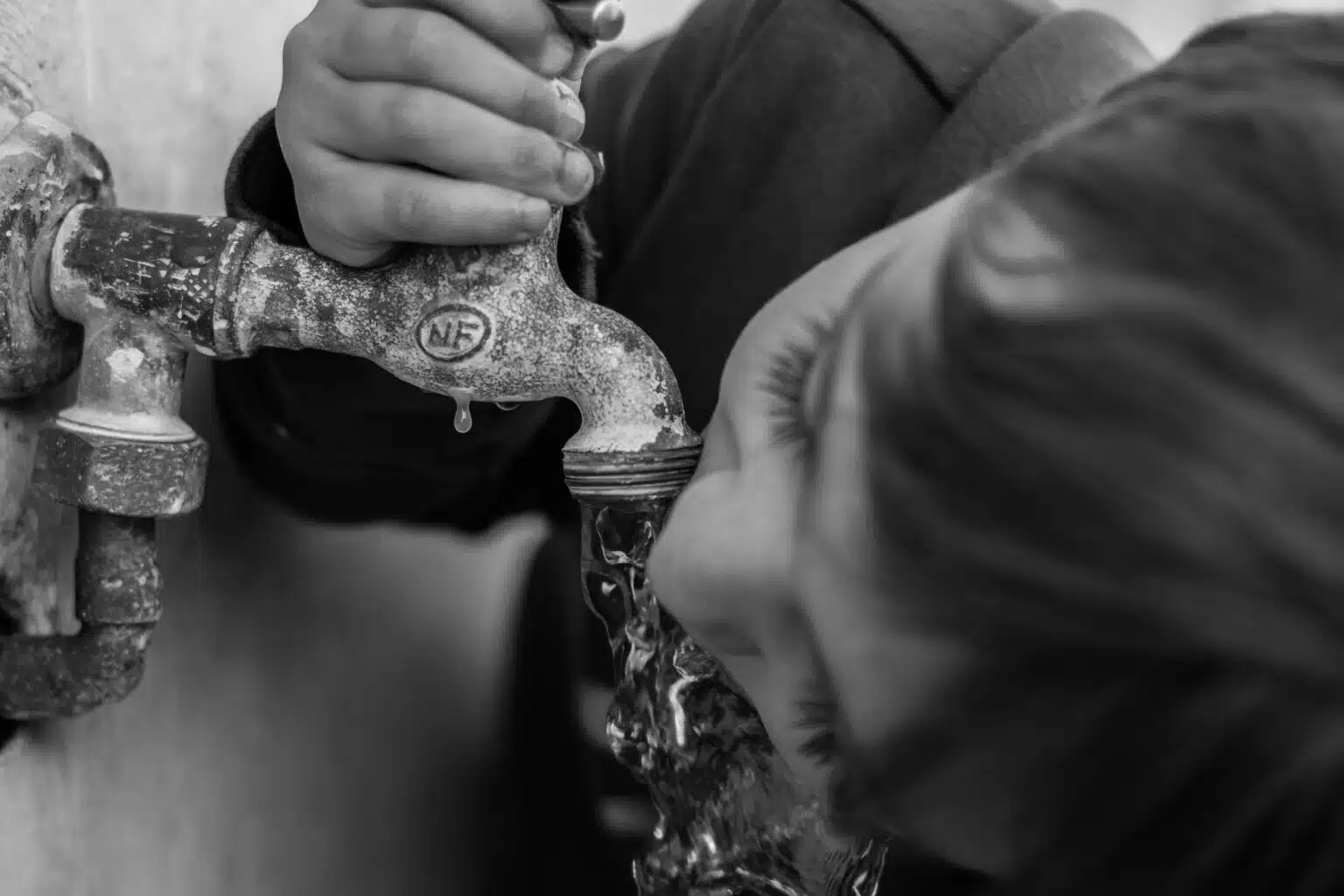A short diarrheal illness with deadly outcomes, this disease has seen a resurgence in recent years with the highest number of outbreaks occurring in 2022. Read on to find out more.

History of Cholera
Cholera is said to have spread across the world from its original reservoir in the Ganges delta in India in the 1800s. It has, however, been mentioned much earlier in the writings of the Greek physician Hippocrates (460 BC) and the Indian surgeon Sushruta (800 BC).
Subsequently, there have been six cholera pandemics that have killed millions of people all around the world. The current (seventh) cholera pandemic began in South Asia in 1961 and many countries, including India are now endemic to cholera.
What Happens in your Body when You Have Cholera?
Cholera is caused by bacteria called Vibrio cholerae which is usually found in coastal saltwater and brackish estuaries.
The bacteria release powerful toxins in our body that cause the intestines to release more fluid that gets pushed out of the body, thereby depleting our body’s stores of water and salts.
How does Cholera Spread?

Cholera gets transmitted when the excretory material (stools, vomitus) of an infected person comes in contact with the food and water that we consume.
The WHO’s regional director for the eastern Mediterranean region warned earlier this month that there are currently 29 outbreaks of cholera worldwide, which is the highest number on record.
He adds that the disease can cross borders, thereby placing neighboring countries at risk. It tends to rapidly spread in regions with poor water and sanitation infrastructure, deteriorating economic conditions, prolonged conflict, humanitarian and health emergencies as well as climate change.
The worst affected countries so far have been Lebanon, Haiti and Syria, with WHO surveillance data revealing 92 deaths and 35,569 suspected cholera cases in Syria alone.
The upsurge of cholera cases around the globe has led to an acute shortage of cholera vaccine. The International Coordinating Group on Vaccine Provision – which manages the global stockpile of cholera vaccine – is temporarily replacing the standard 2-dose vaccination regimen for cholera for a single-dose approach to allow more people to receive protection in the near term.
Endemic to the disease, India has seen a resurgence of cases in the last few years with the state of Maharashtra being most affected.
Symptoms to Watch Out

After consuming the infected food or water, it takes about 12 to 48 hours for the symptoms to start manifesting.
The infected person will experience several episodes of diarrhea and vomiting. Sometimes, the stools are so watery, with a cloudy grayish hue and flecks of mucus, that doctors describe it as having the appearance of ‘rice water’.
Dehydration quickly ensues, especially in children, and is marked by a dry mouth, thirst, sunken eyes and in severe cases the skin becomes cold, clammy and wrinkled, with the heart rate becoming abnormal and the blood pressure getting dangerously low.
If not treated in time, several litres of fluid may be lost from the body within hours resulting in body salt imbalances, kidney failure and rapid death .
Treatment
Considering the rapid progression of the disease, it is important to visit your doctor at the earliest.

Fluids with salts will be used to replace the losses.
Oral Rehydration Solution (ORS) may be recommended in the initial stages of the disease and vigorous intravenous administration of fluids with hospital admission may be required in more severe conditions.
A short course of antibiotics may also be suggested.
Your doctor will also recommend zinc supplements for a couple of weeks to help the intestines recover their lining quickly.
How Can We Prevent Cholera?
There are a few simple steps that we can take to tackle the spread of this disease.
1. Clean Water Supply
Use bottled water or plain water that’s been boiled, filtered or treated with purifying agents such as chlorine and bleach. Apart from drinking, clean water should be used for cooking and brushing your teeth as well.

2. Wash Hands with Soap and Clean Water
This should be done before and after handling food, using the restroom, cleaning a child or caring for someone with diarrhea.
3. Fully Cooked, Served Hot
Consume hot, steaming dishes that are well prepared, especially seafood. Avoid having the peel of fruits and vegetables.
4. Clean Up
Food utensils should be thoroughly washed with soap and water after use, and allowed to dry completely before reuse. Toilets should be disinfected regularly.

Image by wayhomestudio on Freepik
5. Vaccination (especially when traveling to endemic zones)
6. Keep ORS at Home
Whether it’s in a sachet or a tetra pack, it’s best to start taking it right after the first bout of vomiting or diarrhea and after every episode thereafter. You can also make your own version of ORS with common kitchen ingredients.
Homemade ORS
You can start replenishing your body fluid stores right from the appearance of the first symptoms. This is especially useful when immediate medical help is not available.
To make your own oral rehydration solution, follow the steps mentioned below.
- Clean Water – 1 litre – 5 cups (each cup about 200 ml)
- Sugar – 6 level teaspoons
- Salt – Half level teaspoon
- Stir the mixture till the sugar dissolves
An imbalance in the proportion of salt and sugar can worsen the symptoms.
You can also use green coconut water, salted rice water, salted chicken broth and salted vegetable soup.
# Pro tip: Whether it’s a child or an adult, always take ORS (commercial or homemade) in slow, small sips. This will avoid aggravating the vomiting. In case the individual does vomit, restart the drink after a gap of 10-15 minutes.

Takeaway
- Cholera is a diarrheal disease that has claimed many lives in the past
- Early treatment can prevent complications
- It is an easily preventable disease

Also Read: Syria faces a severe cholera outbreak, with 936 cases recorded by the UN.













